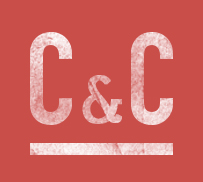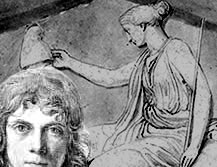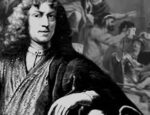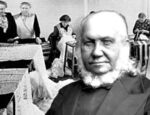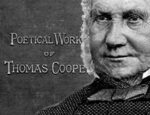Description
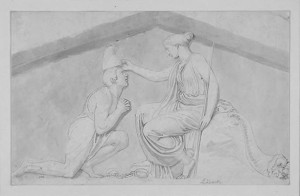 See John Flaxman’s late 18th-century design for a monument entitled ‘Liberty’, in which the Roman-inspired iconography of the French revolution collides with the issue of Abolition of slavery. Liberty bestows the red cap of liberty on a kneeling slave. The red cap had become adopted by French republicans because they knew that when slaves were manumitted in ancient Rome they were given a red ‘Phrygian’ cap (pileus or pilleus) to wear: servos ad pileum vocare (‘to call slaves to the cap’) was a summons to liberty, by which slaves were frequently called upon to take up arms with a promise of emancipation (Livy 24.32).
See John Flaxman’s late 18th-century design for a monument entitled ‘Liberty’, in which the Roman-inspired iconography of the French revolution collides with the issue of Abolition of slavery. Liberty bestows the red cap of liberty on a kneeling slave. The red cap had become adopted by French republicans because they knew that when slaves were manumitted in ancient Rome they were given a red ‘Phrygian’ cap (pileus or pilleus) to wear: servos ad pileum vocare (‘to call slaves to the cap’) was a summons to liberty, by which slaves were frequently called upon to take up arms with a promise of emancipation (Livy 24.32).
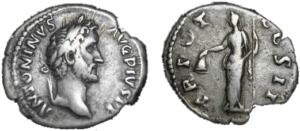 In ancient art, for example on coins minted during the reign of Antoninus Pius (138-161 CE), the personified Libertas sometimes wore or carried the cap. But Flaxman’s kneeling slave is most reminiscent of the man in perhaps the most famous of all images from the abolition movement, the seal designed in Josiah Wedgwood’s factory in Stoke on Trent, with the enchained slave asking, ‘Am I not a man and brother?’ The seal became widely available as a cameo, available in either jasper or basalt to a newly consumerist society. A range of other pro-Abolition artefacts, especially china and porcelain, helped to make the cause fashionable in elite and influential circles.
In ancient art, for example on coins minted during the reign of Antoninus Pius (138-161 CE), the personified Libertas sometimes wore or carried the cap. But Flaxman’s kneeling slave is most reminiscent of the man in perhaps the most famous of all images from the abolition movement, the seal designed in Josiah Wedgwood’s factory in Stoke on Trent, with the enchained slave asking, ‘Am I not a man and brother?’ The seal became widely available as a cameo, available in either jasper or basalt to a newly consumerist society. A range of other pro-Abolition artefacts, especially china and porcelain, helped to make the cause fashionable in elite and influential circles.
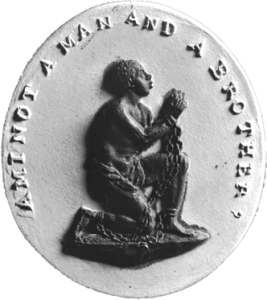 Some impoverished white Britons at the time, for example in Bristol, resented what they perceived as the special case being made by Abolitionists for slaves as opposed to other coerced labourers (for example, those press-ganged into naval service). But intimate connections existed between the anti-slavery movement and agitators for other forms of social emancipation, not only women’s rights and the Irish question, but on electoral and factory reform (a connection stressed in James Walvin’s England, Slaves and Freedom (1986) and the article ‘The Problem with Prometheus: Myth, Abolition, and Radicalism’ in the ‘Groundwork’ section of this website.
Some impoverished white Britons at the time, for example in Bristol, resented what they perceived as the special case being made by Abolitionists for slaves as opposed to other coerced labourers (for example, those press-ganged into naval service). But intimate connections existed between the anti-slavery movement and agitators for other forms of social emancipation, not only women’s rights and the Irish question, but on electoral and factory reform (a connection stressed in James Walvin’s England, Slaves and Freedom (1986) and the article ‘The Problem with Prometheus: Myth, Abolition, and Radicalism’ in the ‘Groundwork’ section of this website.
n.b. around 1790
